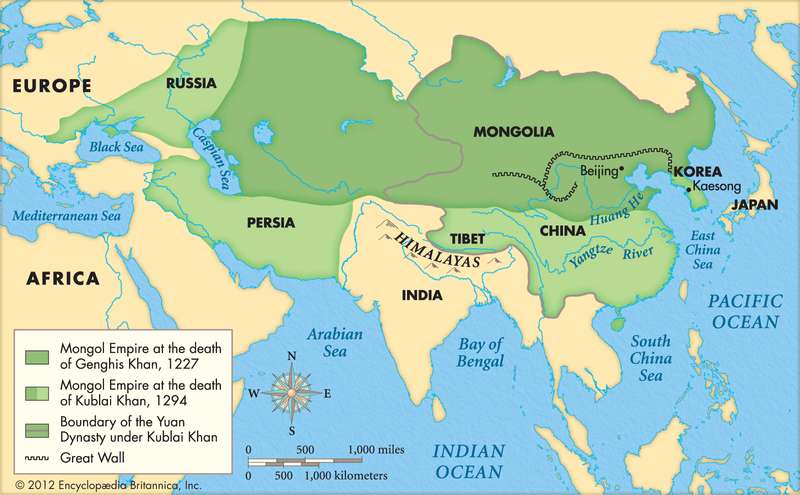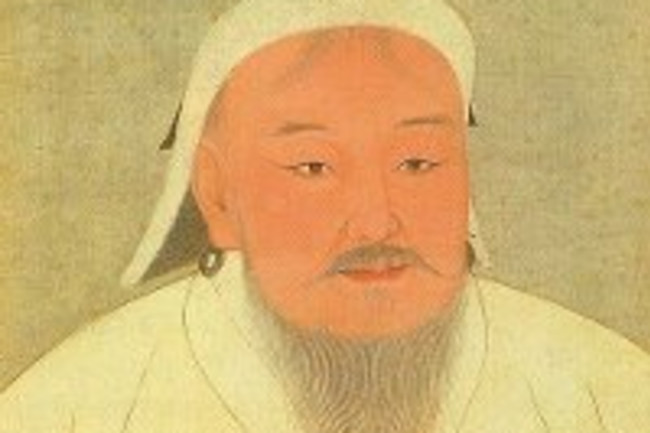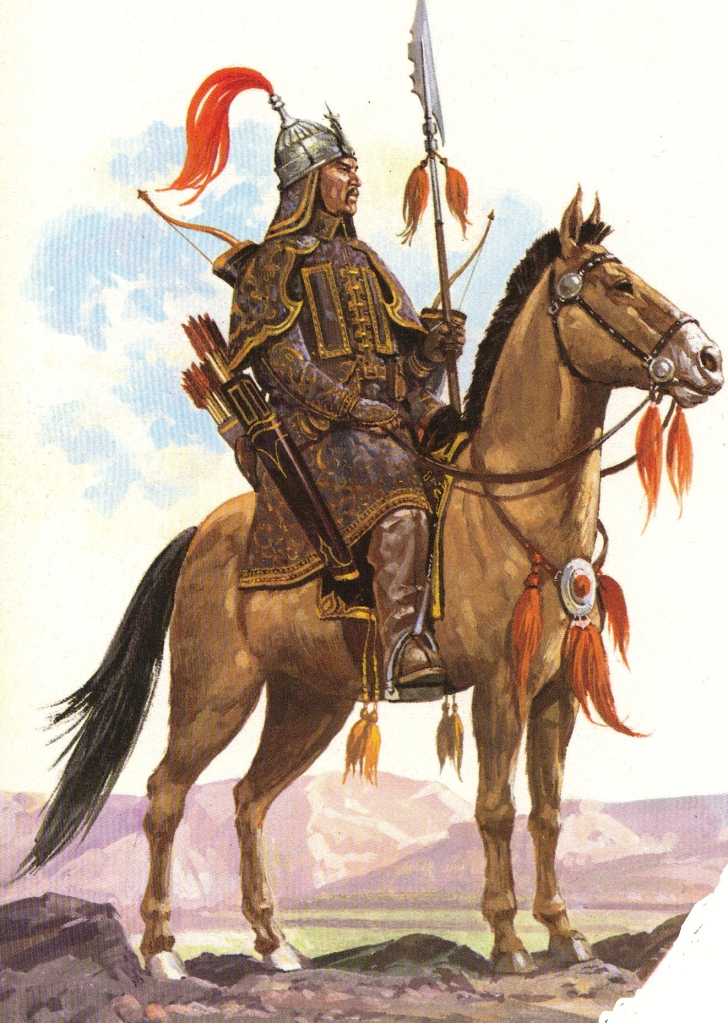The Black Death took place in the 1300s. The black death was a plague and is known for being on the deadliest pandemics. The plague started in Europe. There were about 12 different trading ships that were known as the death ships. Hence why most of the sailors on the ship ended up dying or were very ill due to the sickness. The symptoms that came along with it varied as swelling in strange places, boils, fever, chills, vomiting etc. The symptoms varied in each person. The pandemic was called the Black Death due to the black spots it left on the ill persons body.

numbers were very high and deadly.
The sickness was caused by an infection of the bacteria Yersina. They believe that the disease started from a rat and it then became a larger issue as there were many rodents sick and it later on transmitted to humans. It also came around during a trade. One the sickness hit it spread so fast that there was no possible way for it to stop spreading. It effected one ship and from there and out it caused a wide spread that led to it being a pandemic. It was proven to be that the Black Death killed about one third of Europe’s population during 1347-1351. This pandemic lasted for a very long time which created some long term effects. The long term effects varied as some were worse than others.

There were so many different effects this plague had created for so many countries. The biggest issue that was created during this pandemic was the economy sinking. Since the pandemic lasted so long it created a big hole. First thing being the amount of change that happened during the pandemic was crazy the amount of trade that happened decreased dramatically. Another thing that was majorly effected the economy would be not having enough people to work since so many people were ill or deceased it created a lack of labor. The last effect that it created would be there was issues with the labor shortage and added tax which resulted in a revolt. One of the last things that was effected was the livestock. The livestock also got sick which led to them dying overtime also. With live stock dying it created an issue for the land and crops that were involved in the process. Overall there are so many reasons why it destroyed the economy during that time period.
In the end this plague was one of the worse plagues that has been around. It effected everything in a negative way as resulted in wars, economy crashing, Social effects and so many lives being lost. This pandemic was so spread out that it took a long time for everything to start to die down. By time the pandemic was over they were used to living in the world of having a pandemic. The Black Death was very widely spread. It created a large negative impact that will always be remembered in history as it still is talked about till this day.
sources:
1.https://www.history.com/topics/middle-ages/black-death
2. https://www.britannica.com/event/Black-Death
questions:
- as we are living in a pandemic right now do you believe that most things are the same thing?
- Do you believe that the spread could of stopped if different per cautions were taken?
- Do you think this sickness was actually transmitted through rodents or was it viral as some rumors were being stated?
















